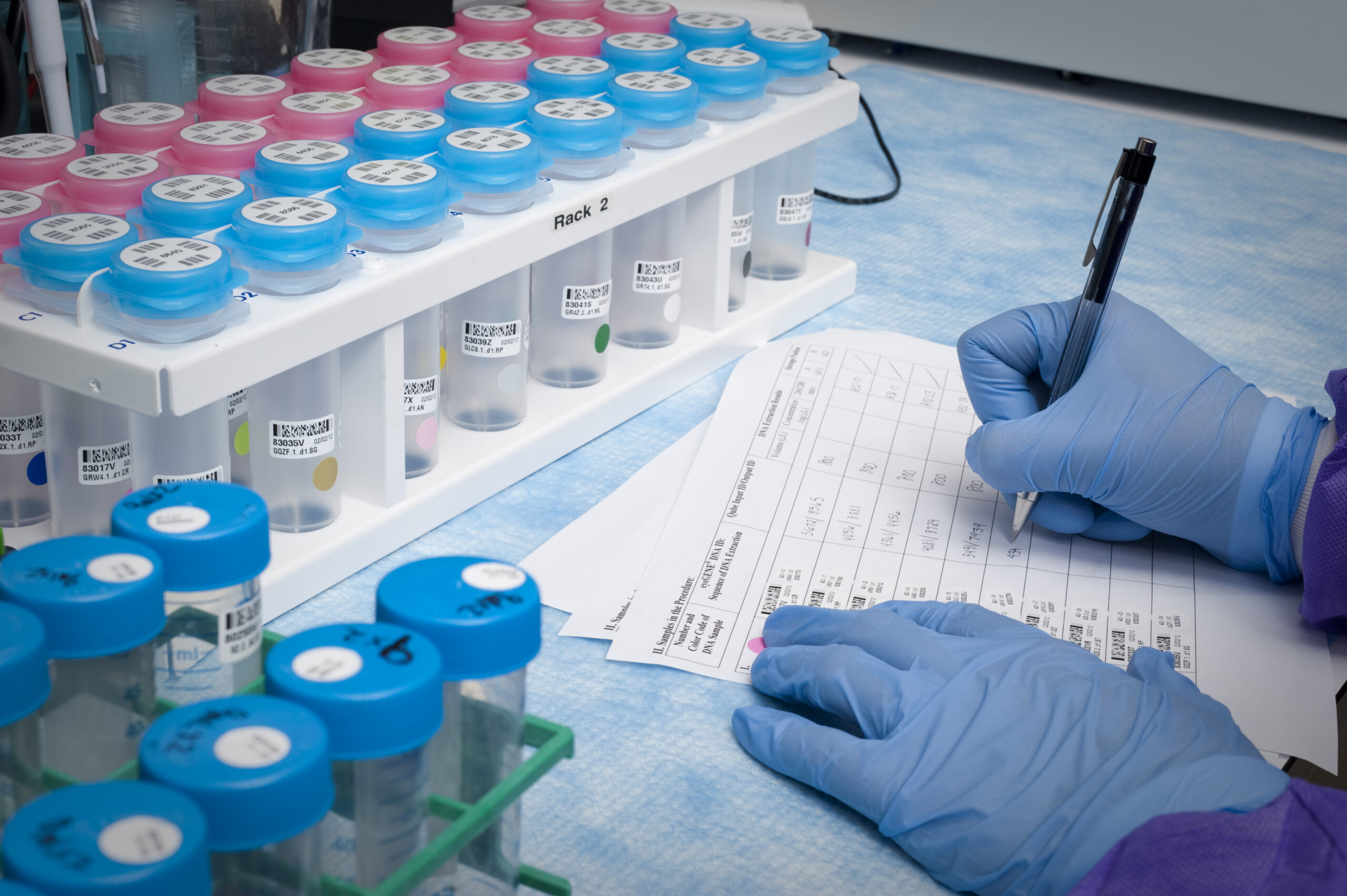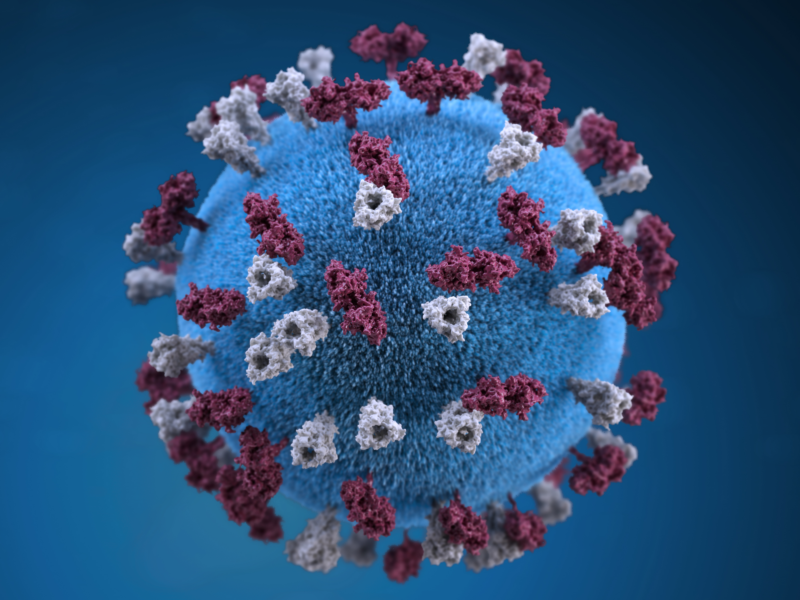Image: NIH Image Gallery; CC BY-NC 2.0
At the end of October 2024, an outbreak of an unknown pathogen emerged in the Panzi health zone in the Kwango Province of the Democratic Republic of Congo.1 Patients presented with numerous symptoms including fever, headache, cough, runny nose, and body aches.1 Patients who died as a result of the disease also presented with additional symptoms and underlying comorbidities such as difficulty breathing, anaemia, and signs of acute malnutrition.1 Between October 24th and December 16th, the disease was responsible for a reported 891 cases and 48 deaths.2
The World Health Organization (WHO) has said that it was possible that more than one disease was contributing to the outbreak.1 It has drawn this conclusion based on the symptoms patients present with coupled with the geographic, socioeconomic, and health realities of the area.1 This includes food insecurity, low vaccination coverage, and limited malaria controls, which may be contributing to the severity of illness.1 Additionally, children have been disproportionately impacted by the undiagnosed disease. Children under five years of age account for 47% of cases and 54% of deaths.2 Malnutrition is likely a contributing factor as all severe cases had severe malnutrition.1 Acute malnutrition in the Kwango Province has been classified as critical and extremely critical in certain areas, demonstrating the need for its inclusion in the outbreak investigation.3 This population also struggles with immense barriers to accessing healthcare such as high costs and lack of access to medication for common diseases. These factors have likely contributed to spread and severity of this disease.1
The public health response has been hindered by multiple factors. It takes around two days to reach the Panzi health zone by road from Kinshasa, the country’s capital. There are no functional laboratories in the area, so samples must be shipped to Kinshasa.1 Additionally, there is limited phone and internet network coverage.1 This coupled with a shortage of healthcare workers, a lack of supplies, transportation, diagnostics, and quality case management has made it particularly difficult to determine the underlying cause of the outbreak.1
In its response to the outbreak the WHO has supported rapid response teams. These teams have been deployed to the Panzi health zone.1 In an attempt to determine the cause, public officials in partnership with the WHO tested a handful of patients for a host of pathogens including measles, influenza, acute pneumonia, hemolytic uremic syndrome from E. coli, COVID-19, and malaria as suspected diseases.1 Ten out of twelve initial samples tested positive for malaria, but further laboratory tests are being conducted.4 Additionally, the WHO teams are delivering medicine and diagnostic and sample collection kits.2,5 Surveillance, case management, and laboratory testing is ongoing.2 Public health officials are raising awareness in the community and are providing information on prevention practices to health care workers.1,2
On December 27th, laboratory results from 430 samples indicated that this outbreak was caused by acute respiratory infections complicated by malaria.2 These illnesses in addition to acute malnutrition led to more severe cases and deaths, especially among children under the age of five.2 Teams are continuing to assist in this outbreak response.2 This outbreak highlights how common infectious diseases can severely impact vulnerable populations.2 WHO has determined that the overall risk to the affected communities is high.2 The risk level to the Democratic Republic of the Congo is low, but increasing malnutrition in other parts of the country is worrisome.2 The regional and global risk is low.2
- https://www.who.int/emergencies/disease-outbreak-news/item/2024-DON546
- https://www.who.int/emergencies/disease-outbreak-news/item/2024-DON547
- https://www.ipcinfo.org/ipc-country-analysis/details-map/en/c/1157190/?iso3=COD
- https://www.who.int/director-general/speeches/detail/who-director-general-s-opening-remarks-at-the-media-briefing—10-december-2024
- https://www.afro.who.int/countries/democratic-republic-of-congo/news/who-supports-drc-reinforce-efforts-diagnose-disease-remote-area


